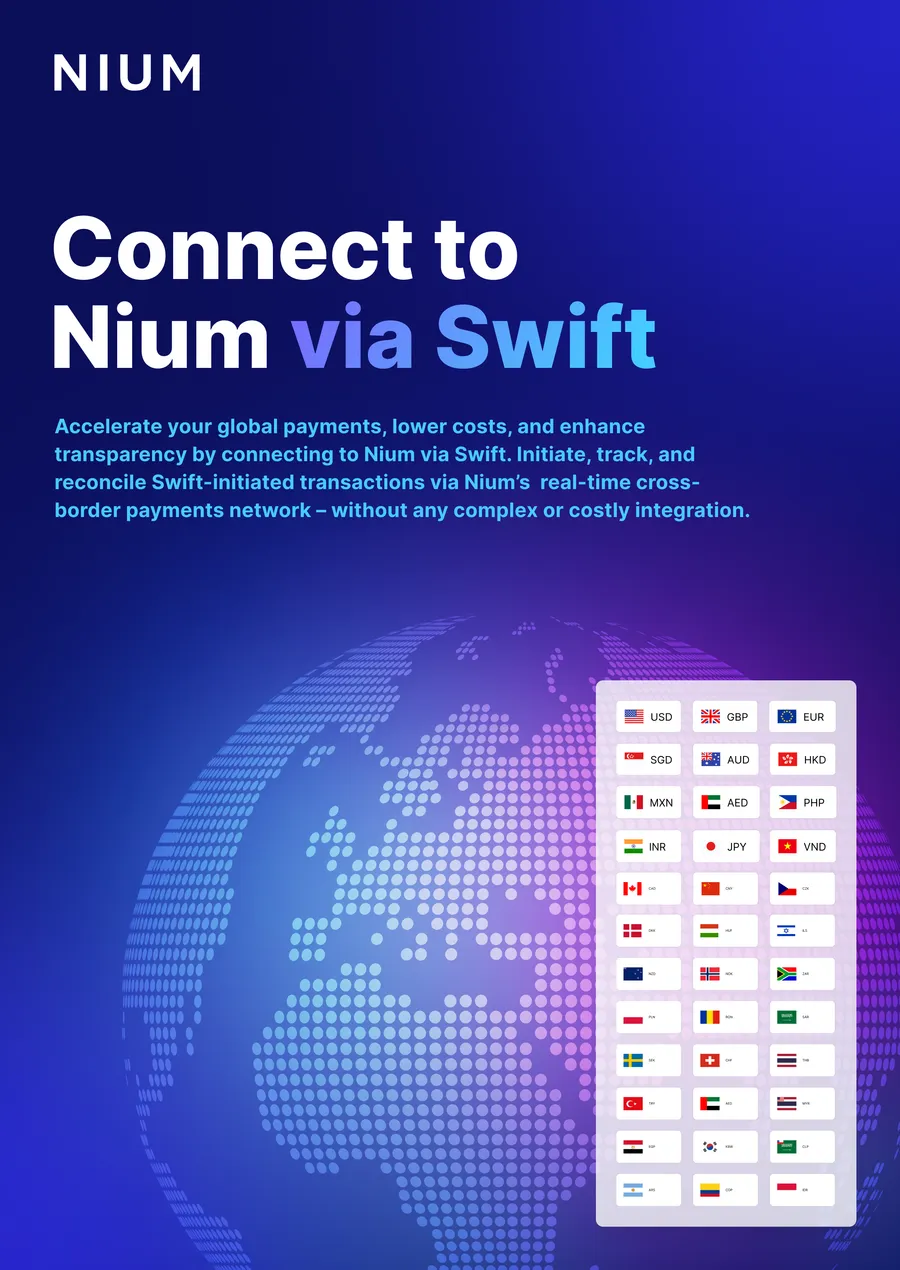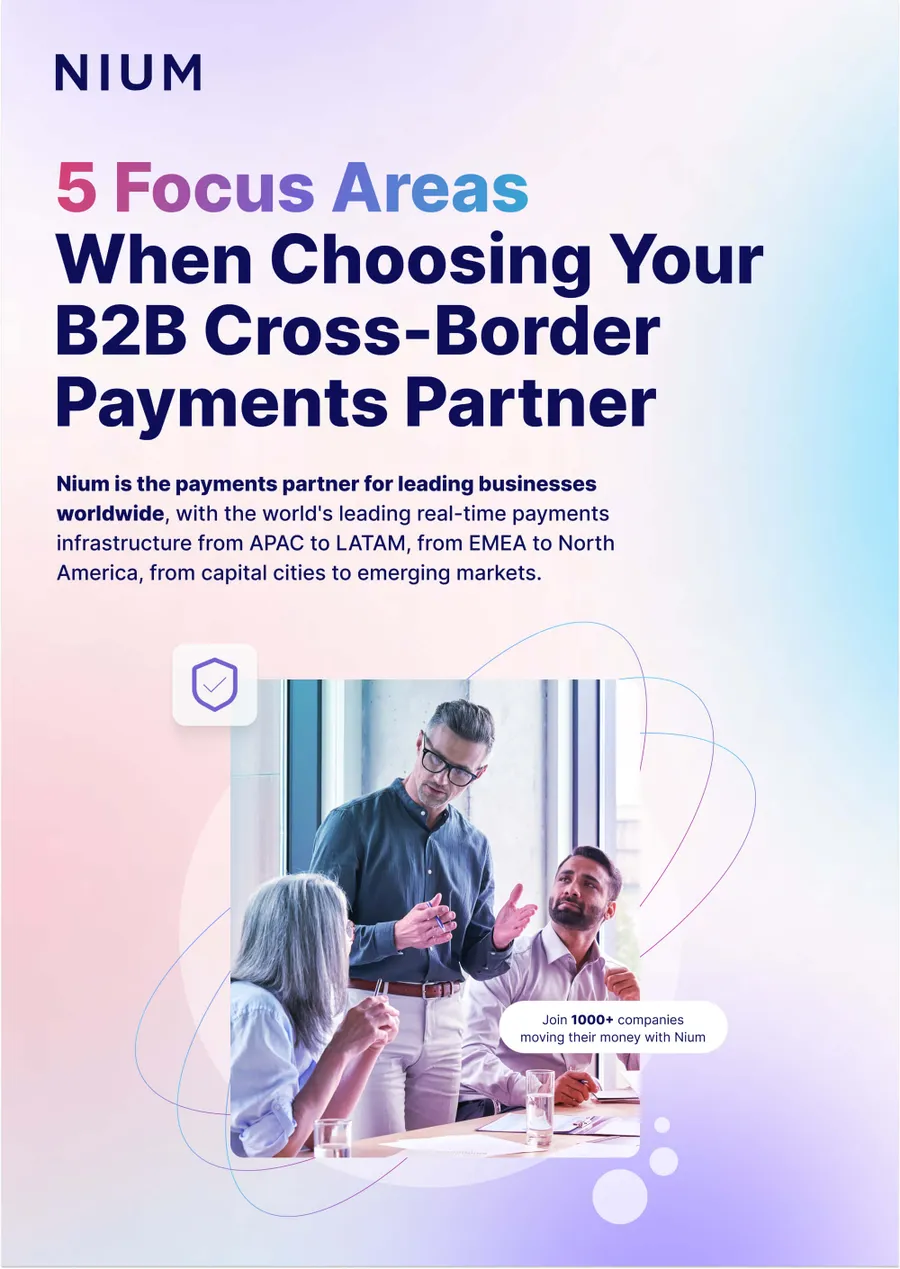It’s in everybody’s interest that payment transactions are as frictionless as possible, but many commonly used payment systems carry unnecessary layers of complexity.
For an example, let’s take a look at Open Loop payments. Because Open Loop cards tend to be general purpose and widely accepted, they seem a great way to ease the process of paying. Many countries—including the US—rely heavily on Open Loop payments, but they’re not as efficient as they seem. Most link a transaction to a credit card, and that means an additional layer of process to what could and should be a single, simple transfer from one party to another.
Then there’s the issue of KYC (Know Your Customer) verification, which further complicates business payments. Successful markets are built on trust, and appropriate due diligence is of course vital for fighting identity fraud, financial crime, and money laundering. But keeping up with KYC compliance is taking companies increasing time and effort. What’s more, because there’s no standard set of international requirements for KYC verification and documentation, when it comes to cross border payments the process becomes exponentially more convoluted. All that’s before businesses even face the rigmarole of currency exchange.
Open Loop systems are everywhere these days, and the complication of KYC verification has existed in some form since the 1990s, but these aren’t the only factors to cause delay and reduce efficiency. A startling number of companies are still employing decade-old systems for treasury management, billings, compliance and payroll, and they’re reluctant to make the necessary switch to cloud-based operations because this often involves overhauling swathes of internal company infrastructure. Similarly—but perhaps more immediately damaging for companies—in the partner (or vendor) tech landscape, we often see shiny new features and interfaces plastered on top of architecture that’s approaching obsolescence. This is all a problem, but it’s starting to change.
The Tide is Turning
All of the above can be distilled into a single, overarching problem: complexity. One of the fundamentals of finance is the time value of money—as the quantity of time before we receive a payment goes up, its value goes down. Therefore, any unnecessary complexity to a payment process means a loss of value. Thankfully, though, the tide is finally starting to turn.
For some time already, the fintech ecosystem has been evolving to meet a plethora of small problems, most of them relevant to consumers. Digital payments represented a significant step forward in the late 90s with the likes of PayPal and Worldplay, and then of course came Venmo in the US and WeChat Pay in China and Southeast Asia.
Regulation has also played a part in recent years. The EU’s Second Payment Services Directive (PSD2) went into effect in 2019 and forced a new wave of innovation in terms of Open Banking platforms like Germany’s neobank N26, offering users the opportunity to “run your entire financial life from your phone.” PSD2 became fully enforceable in 2020, and in that same year came the event that looks to shape both payments and regulation for years to come: the covid-19 pandemic. Similarly, India’s Unified Payments Interface (UPI)—developed by the NPCI in 2016 and regulated by the Reserve Bank of India—has helped facilitate peer-to-peer and person-to-merchant transactions on an unprecedented scale. The result is a hugely successful payments system that now processes more than 3 billion payments per month.
McKinsey called it “the Quickening.” Microsoft CEO Satya Nadella said “We’ve seen two years’ worth of digital transformation in two months.” The pandemic saw tap-to-pay usage grow by 150%, and the adoption of mobile banking shoot up 200% in a single month. It saw the normalisation of digital wallets, P2P mobile apps, and QR codes, while in the B2B space 82% of small businesses changed the way they send and receive money. That’s a lot of change in a very short time.
The growing momentum in digitisation is starting to influence regulation, with the push towards open data facilitating an equilibrium between different regulatory regimes, and in turn allowing for more frictionless international transactions. Countries in Asia, for example, are now increasingly able to meet EU regulatory requirements, permitting transactions and data transfers without the need for new or updated laws. India’s Open Credit Enablement Network (OCEN), for instance, utilizes UPI and account aggregators to enable consent-based information sharing, where users can easily specify which date they consent to be shared, and for how long.
Rapid digitisation in the wake of Covid-19 is also beginning to turn regulatory attention towards one of the most significant obstacles fintechs face: the reliance on banks. When a company enters a new market, they have to open a bank account to hold funds, and the very real risk of losing such an account seriously undermines fintech innovation. The growing recognition of new and improved approaches to payments means we may well see a shift in attitudes, and a greater degree of regulatory flexibility afforded to fintech companies.
In the meantime, those companies need to ensure their systems are prepared for the changes when they come. Periodically adding new features and functionality to old infrastructure will only cut it for so long. Any business that’s serious about capturing a bigger market share and appealing to customers in future needs a simple, reliable payments system that can keep up with a changing world. The way to do that is to let go of obsolete systems and build new, adaptable infrastructure from the ground up—infrastructure that’s capable of meeting any challenge the future might bring.



.png@webp)
.png@webp)
.png@webp)
.png@webp)





